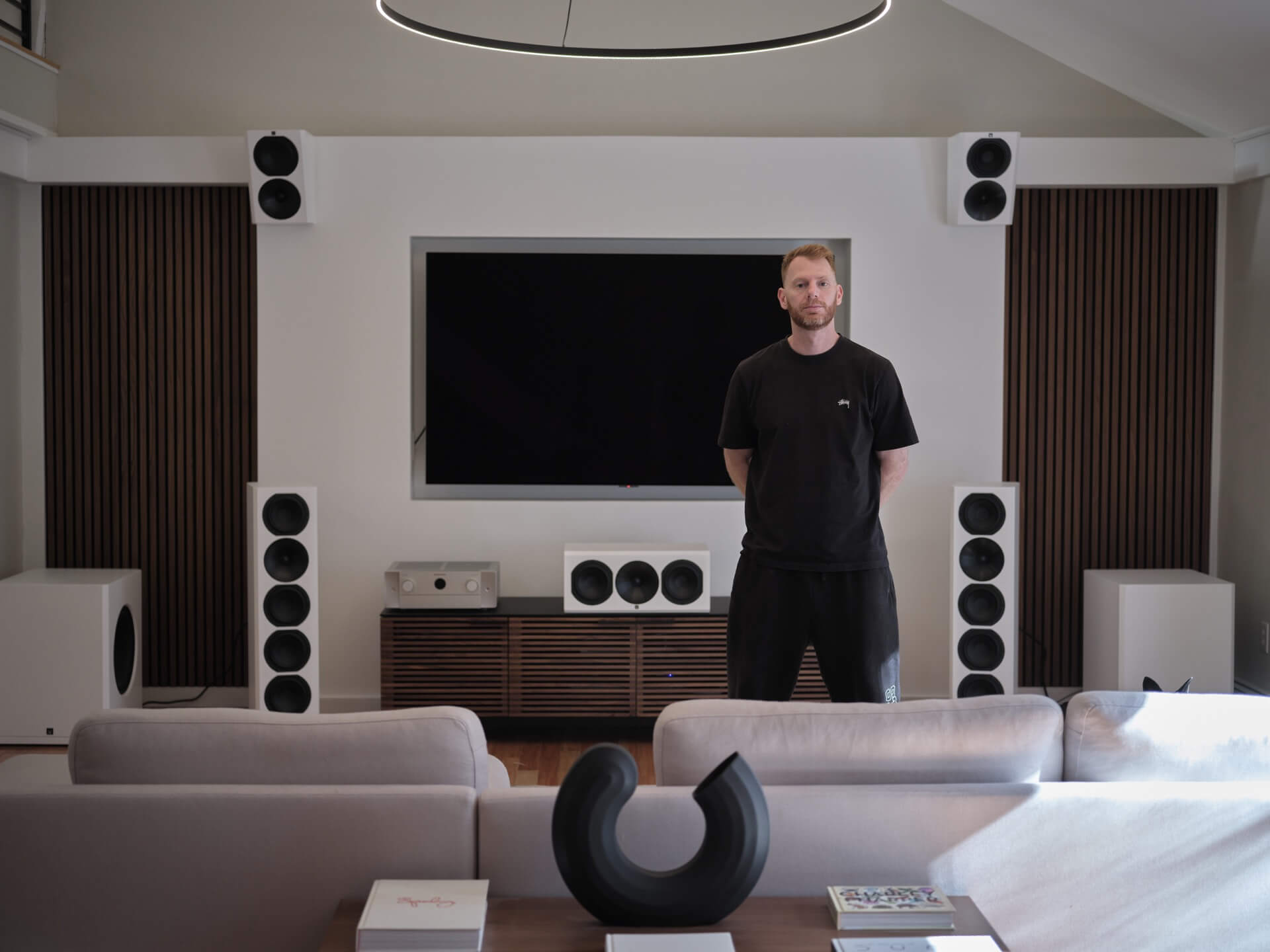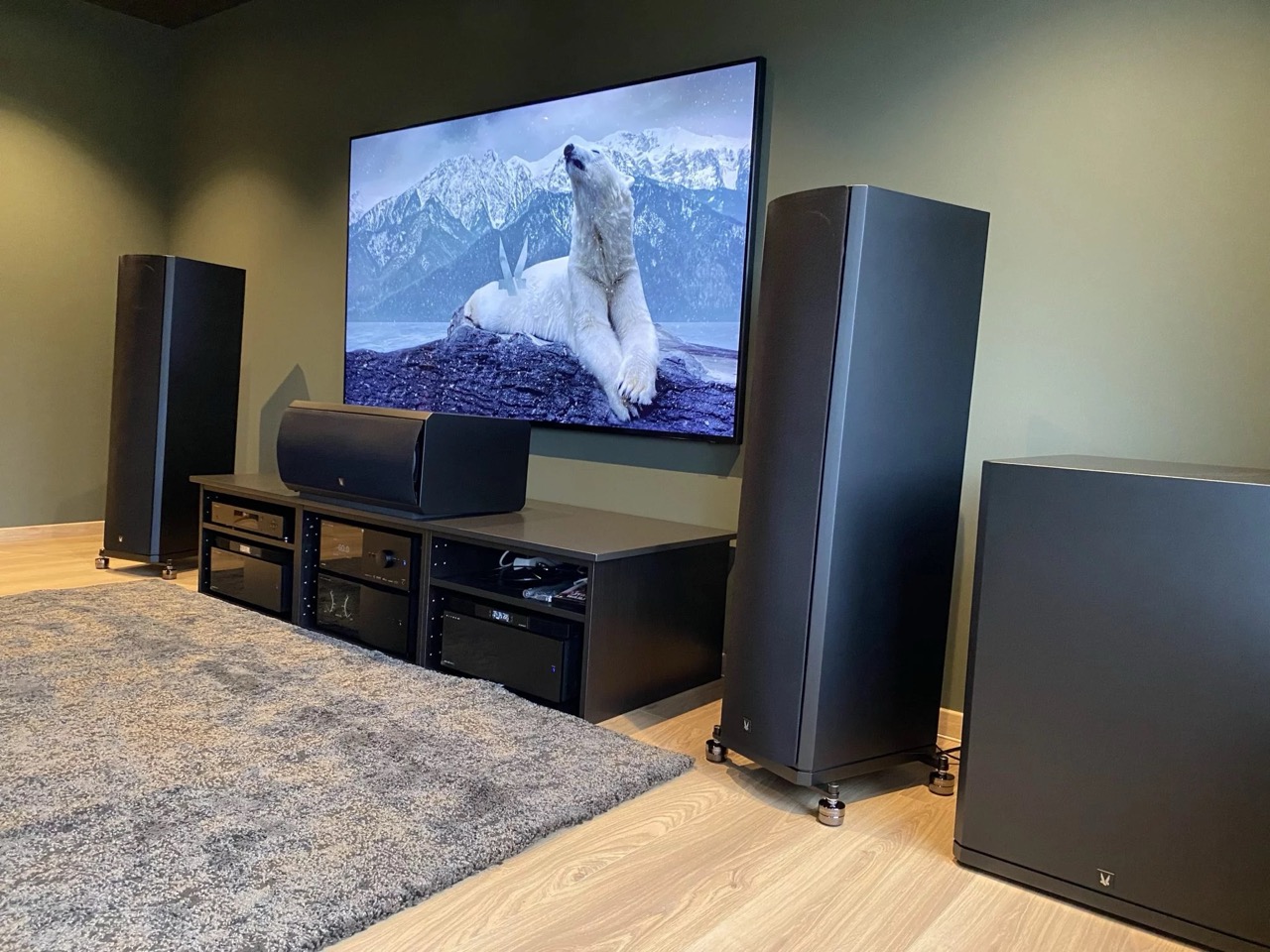Bi-Wiring and Bi-Amping Explained
Article summary - TL;DR
- Explore bi-wiring and bi-amping techniques to enhance your HiFi audio experience.
- Bi-wiring separates speaker drivers for reduced interference and potentially clearer sound.
- Debate exists on the actual benefits of bi-wiring, with costs being a notable concern.
- Bi-amping uses two amplifiers, offering better efficiency and audio quality for high-end setups.
- Enhance your audio-visual setup with the 1723 Tower THX, designed to deliver cinematic audio quality.
In the pursuit of impeccable sound quality within HiFi systems, enthusiasts often explore various methods to enhance their listening experience. Two such techniques that are frequently discussed in the world of high-fidelity audio are bi-wiring and bi-amping. While these terms can seem technical and quite complex for a beginner, understanding their principles can unlock new potential for your audio system. This article will demystify these concepts, guiding you through their benefits, practical applications, and how they can elevate your home cinema’s auditory landscape.
Understanding Bi-Wiring: What is it?
Bi-wiring is a method of connecting your speakers to your amplifier using two separate cables for the high-frequency drivers and the low-frequency drivers instead of a single cable. This can potentially reduce interference between the drivers and improve overall sound clarity.
The concept of bi-wiring hinges on the idea that by providing separate pathways for different frequency ranges, one can minimize the electrical interaction between the signals that drive the various components of a speaker.
So how does bi-wiring work in practice? A bi-wirable speaker has two sets of input terminals – one for the tweeter and one for the woofer. By running two sets of cables from a single amplifier output to these inputs, the signal path for each driver is isolated from the other, which potentially translates to a cleaner, more precise sound.
Advantages and Drawbacks of Bi-Wiring
Bi-wiring enthusiasts claim that this setup provides noticeable improvements in soundstage clarity, articulation, and the overall richness of the music. The separation of the signal path is said to result in less distortion and a purer audio experience.
However, the effectiveness of bi-wiring is often debated among audiophiles. Some argue that the improvements are minimal, given that the same amplifier is still driving both sets of cables, and thus any potential interference can still be introduced at the amp’s output stage.
Moreover, bi-wiring requires additional investment in speaker cables, which can be quite expensive, making this method of connection contentious from both a cost-effectiveness and results-based perspective.
Demystifying Bi-Amping
Bi-amping, on the other hand, takes the concept of separate pathways for different frequency ranges a step further. It involves using two amplifiers – one dedicated to the low frequencies and the other to the high frequencies of the speaker.
Such a configuration allows each amplifier to work more efficiently, as each is only responsible for a portion of the frequency range. This can translate into more power, better dynamic range, and less distortion, particularly at higher volumes.
Although bi-amping requires a more complex setup and a higher financial outlay due to the need for an additional amplifier, it can significantly enhance the performance of high-end speakers. For those looking to extract every ounce of quality out of their system, bi-amping presents a considerable upgrade.
Frequently asked questions
What is bi-wiring in audio systems?
Bi-wiring is a method of connecting speakers to an amplifier using two separate cables for the high-frequency and low-frequency drivers, which can enhance sound clarity by reducing interference.
How does bi-wiring work?
Bi-wiring involves using two sets of cables from an amplifier to a bi-wirable speaker, where separate input terminals for tweeters and woofers minimize electrical interaction between the signals, potentially resulting in cleaner sound.
What are the benefits of bi-wiring?
Bi-wiring may improve soundstage clarity, articulation, and richness by providing isolated signal paths for drivers, leading to less distortion and a purer audio experience.
What are the drawbacks of bi-wiring?
Some audiophiles debate the noticeable improvements of bi-wiring, as the same amplifier drives both sets of cables, and it can require additional investments in expensive speaker cables.
What is bi-amping?
Bi-amping is the use of two amplifiers for a speaker, with one amplifier powering the low frequencies and the other powering the high frequencies, allowing for more efficient operation and enhanced sound quality.
How does bi-amping improve sound performance?
By dedicating one amplifier to each frequency range, bi-amping can provide more power, better dynamic range, and less distortion, especially at higher volumes, improving overall audio performance.
Is bi-amping expensive?
Yes, bi-amping generally requires a higher investment due to the need for an additional amplifier, making the setup more complex and costly compared to standard configurations.
Which setup is better: bi-wiring or bi-amping?
Bi-amping typically offers more significant improvements in sound performance, but it also involves more complexity and expense. The best approach depends on your audio system and personal preferences.
Can I use both bi-wiring and bi-amping together?
Yes, some high-end audio systems utilize both bi-wiring and bi-amping to maximize sound quality, but it requires careful planning and investment in both cables and amplifiers.








